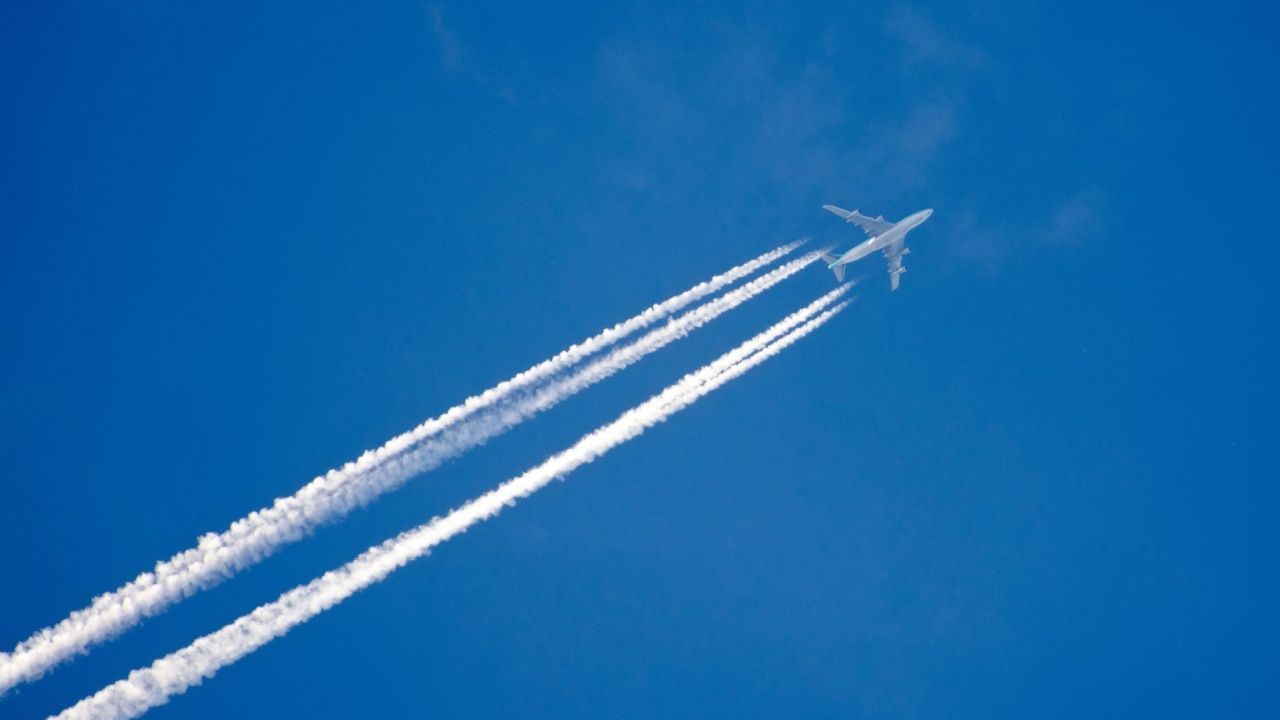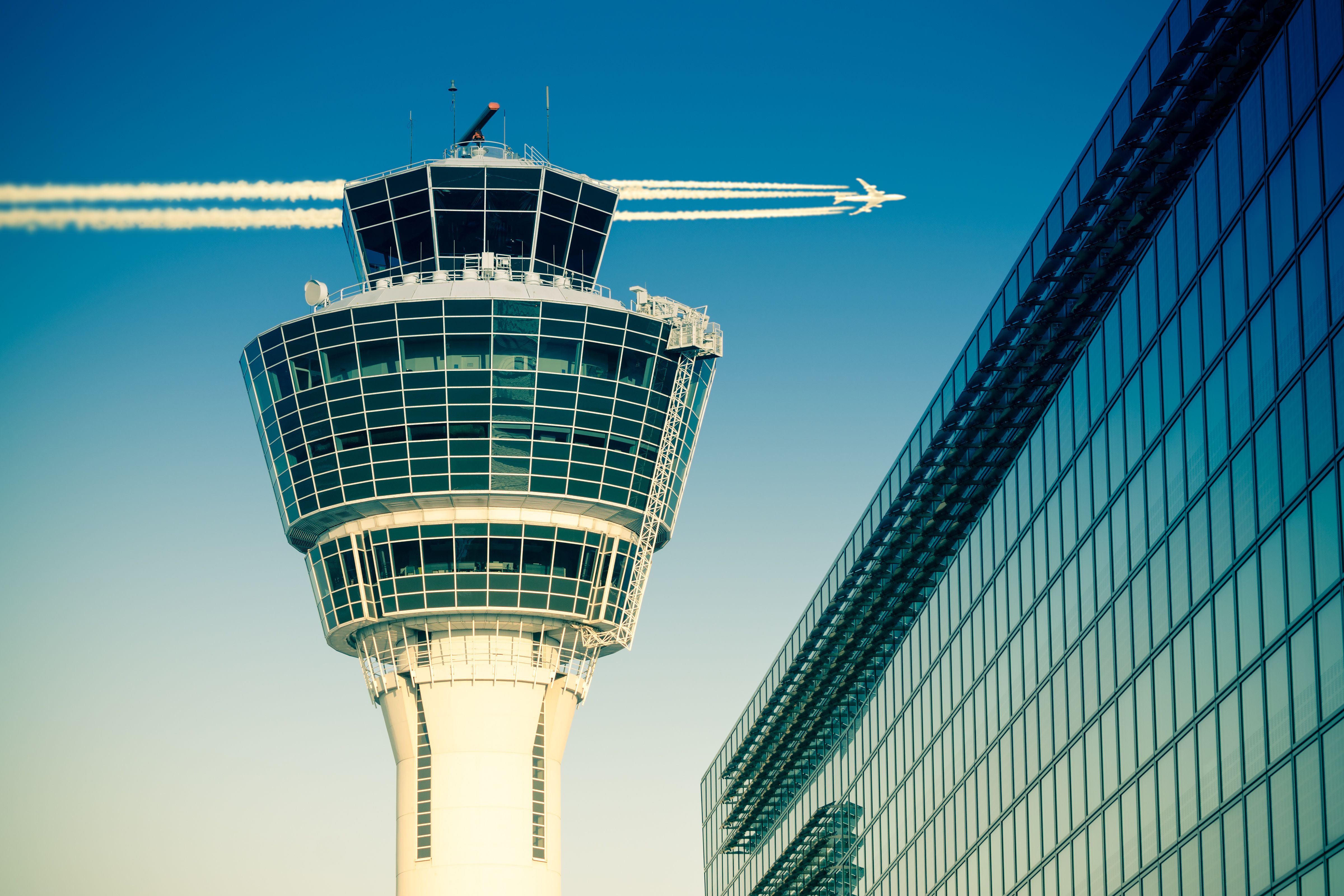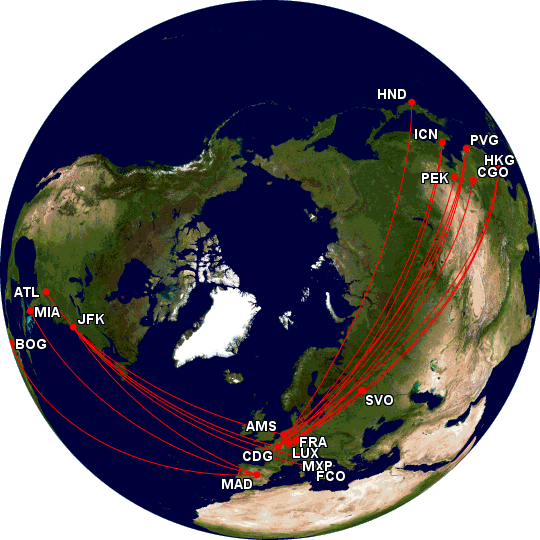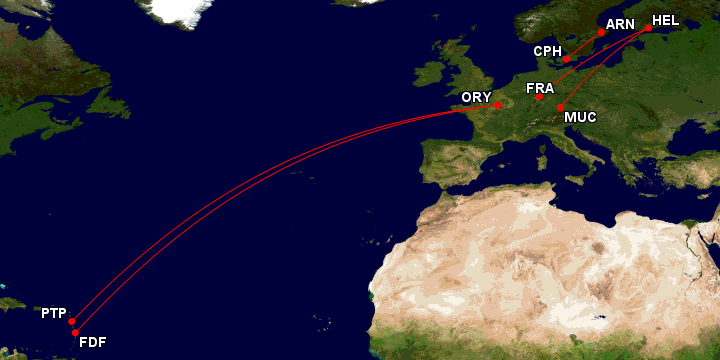Summary
- Exempting long-haul flights impacts the EU’s non-CO2 emissions tracking framework and its effectiveness.
- Non-CO2 emissions like water vapor and nitrogen oxides form a significant part of aviation’s climate impact.
- The EU regulation doesn’t cover the most polluting flights in terms of non-CO2 emissions, delaying understanding
As Simple Flying reported last month, the European Union’s new scheme concerning non-CO2 emissions tracking will look to exempt long-haul flights. The framework has been the source of much controversy over the previous few months, with some airlines inevitably being more impacted than others.
Non-CO2 emissions refer to those produced by burning jet fuel, including “water vapor (H2O), nitrogen oxides (NOx), sulphur oxides (SOx), carbon monoxide (CO), soot (PM 2.5), unburned hydrocarbons (UHC), aerosols, and traces of hydroxyl compounds (-OH)” according to the International Air Transport Association (IATA). Once the air is humid enough, water vapor can condense into crystals which forms what are known as contrails.
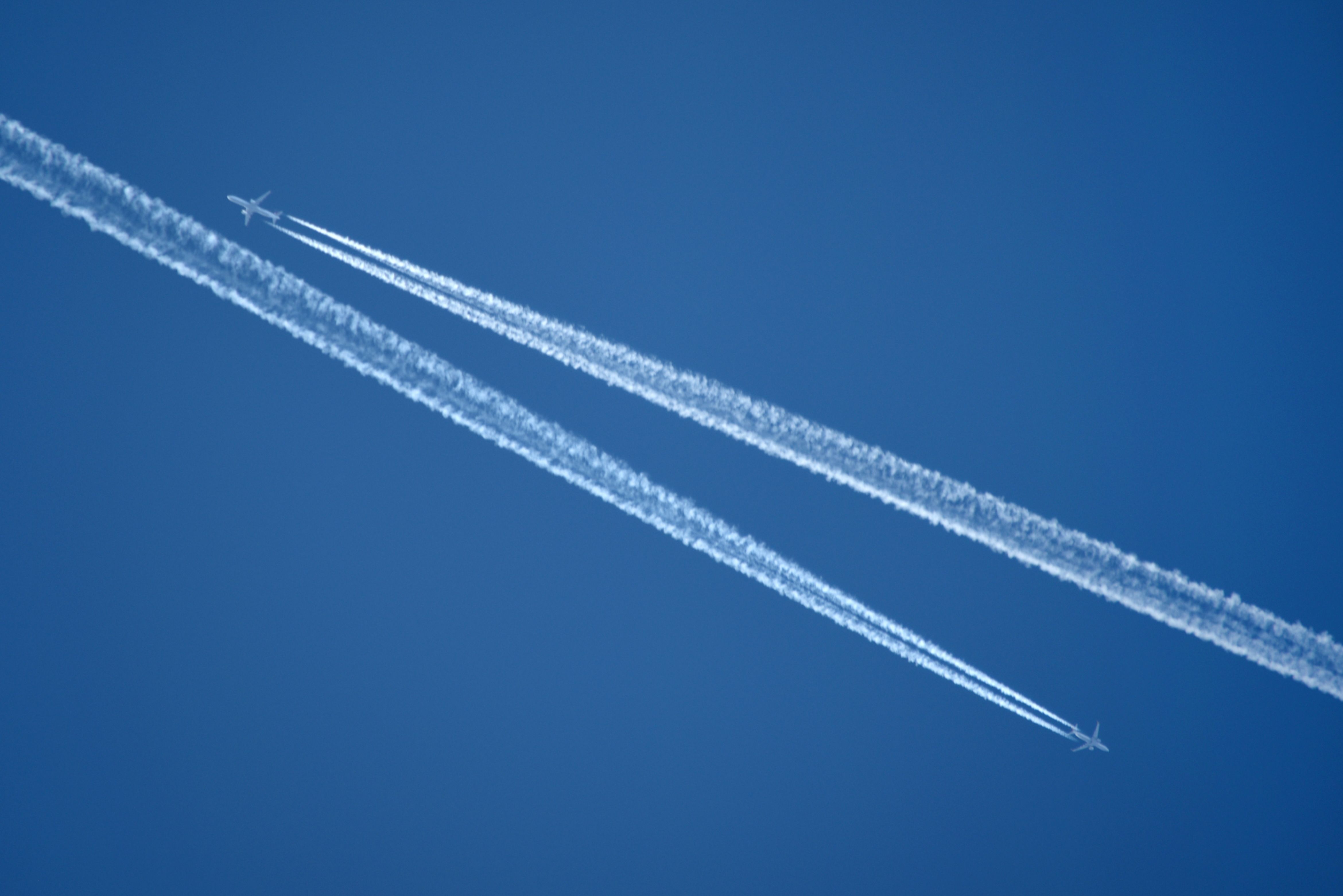
Related
Contrail Research: Which Airlines Are Involved & What Are They Doing?
A toal of global airlines participate in the contrail research worldwide.
67% of flights excluded
The EU’s proposed Monitoring, Reporting, and Verification (MRV) framework will allow it to study the release of non-CO2 in aviation. This represents an important step in the EU’s research. The hope is that the data collected will allow measures to be introduced to mitigate non-CO2 effects. However, a recent publication from the European climate advocacy group for the industry Transport & Environment shows that the new regulation will not cover most of aviation’s non-CO2 climate impacts.
Photo: servickuz | Shutterstock
Excluding long-haul flights significantly reduces the scope of the framework. In fact, T&E, citing an analysis by Estuaire, estimates that around 67% of the contrail warming impact will be ignored as a result. As such, the organization says Brussels’ scheme makes little sense. Krisztina Toth, aviation policy manager at T&E, said:
“The European Commission has bowed to pressure from long-haul airlines, potentially breaching an agreement signed into law in 2022. This u-turn means it will miss out on the opportunity to be a frontrunner on addressing the climate impact of contrails.”
The exclusion is planned to last until 2027.
T&E indicates that the new tracking tool will ignore the vast majority of the most polluting flights in terms of non-CO2 emissions, with none of the top 20 routes featured in the scope. This is because almost all the top 100 polluting flights are long-haul. Take a look at the table below, which shows the top 20 most polluting European routes, none of which fall under the MRV framework (until 2027).
|
Ranking |
Origin |
Destination |
|---|---|---|
|
1 |
Amsterdam (AMS) |
Shanghai Pudong (PVG) |
|
2 |
Luxembourg-Findel (LUX) |
Hong Kong (HKG) |
|
3 |
Frankfurt (FRA) |
Seoul Incheon (ICN) |
|
4 |
Paris Charles de Gaulle (CDG) |
Shanghai Pudong (PVG) |
|
5 |
Frankfurt (FRA) |
Shanghai Pudong (PVG) |
|
6 |
Paris Charles de Gaulle (CDG) |
New York (JFK) |
|
7 |
Milan Malpensa (MXP) |
New York (JFK) |
|
8 |
Paris Charles de Gaulle (CDG) |
Tokyo Haneda (HND) |
|
9 |
Paris Charles de Gaulle (CDG) |
Seoul Incheon (ICN) |
|
10 |
Paris Charles de Gaulle (CDG) |
Beijing Capital (PEK) |
|
11 |
Luxembourg-Findel (LUX) |
Zhengzhou International (CGO) |
|
12 |
Amsterdam (AMS) |
New York (JFK) |
|
13 |
Amsterdam (AMS) |
Hong Kong (HKG) |
|
14 |
Madrid (MAD) |
New York (JFK) |
|
15 |
Paris Charles de Gaulle (CDG) |
Moscow Sheremetyevo (SVO) |
|
16 |
Madrid (MAD) |
Miami (MIA) |
|
17 |
Rome Fiumicino (FCO) |
New York (JFK) |
|
18 |
Madrid (MAD) |
Bogotá (BOG) |
|
19 |
Paris Charles de Gaulle (CDG) |
Atlanta (ATL) |
|
20 |
Paris Charles de Gaulle (CDG) |
Hong Kong (HKG) |
Photo: GCMap.com
Long-haul flights emit more nitrogen oxides, the second most significant contributor to non-CO2 climate effects after water vapor. Nitrogen oxides have more substantial effects when emitted at high altitudes.
T&E also found that only five of the 100 top polluting routes would be studied as per the legislation, which are as follows:
|
Ranking |
Origin |
Destination |
|---|---|---|
|
22 |
Paris Orly (ORY) |
Pointe-à-Pitre (PTP) |
|
35 |
Paris Orly (ORY) |
Fort-de-France (FDF) |
|
75 |
Helsinki (HEL) |
Munich (MUC) |
|
84 |
Frankfurt (FRA) |
Helsinki (HEL) |
|
88 |
Stockholm (ARN) |
Copenhagen (CPH) |
Photo: GCMap.com
It is worth noting that the first two in this list are considered domestic flights, as both destinations are in overseas departments of France. As such, despite the comparable flight duration, they are not strictly regarded as long-haul in the Commission’s definition.
What are the details of the framework?
The European Commission initially proposed this plan to study the release of non-CO2 emissions. It is set to enter into force as of January 2025, forcing airlines operating within the European Economic Area and from there to Britain and Switzerland to report their CO2 and non-CO2 emissions.
Given pushback from industry players, it ultimately decided to exempt long-haul flights until 2027, from which point airlines operating between European and non-European destinations would also be affected. Toth continued:
“Delaying the full-scope monitoring by two years means delaying our understanding of contrails and ultimately how to reduce them. Time we cannot afford will now be wasted”.
Controversy
Among the full-scope’s adversaries is IATA. The trade association believes that it should not be completely rolled out due to a lack of science surrounding the question of non-CO2 emissions – i.e., its “experimental nature,” as IATA puts it. However, T&E believes the very solution to the lack of science lies in the scheme:
“We call upon the European Commission to return to the original text and not further delay the monitoring of contrails. A mere monitoring tool should not be the cause of such controversy. Yet, long haul airlines have lobbied hard to derail it. Why would the aviation industry not want to access the very data that would enable them to address a large share of their climate issue in the next decade?”
Photo: Ryanair
Alongside T&E are Europe’s low-cost giants, including Ryanair, easyJet and Wizz Air. In a joint letter earlier this year, they had said:
“The blanket exclusion of extra-EEA routes would give the misleading impression that these routes create no non-CO2 warming effects, misdirecting all future non-CO2 mitigation measures.”
What’s next?
As it stands, the Commission has launched a public consultation on the MRV framework. This is scheduled to end on July 29, at which point T&E and some others hope it will reverse its decision to exempt long-haul flights.
T&E had already previously highlighted their concerns about the exemption. Today’s announcement, in response to the public consultation, is yet another push against a measure that it believes will be detrimental to reducing the aviation sector’s climate impact over the next decade.
It also highlighted that while all airlines operating to the EU will be concerned by the framework as of 2027, the Commission will be able to propose legislation to mitigate the impact of non-CO2 emissions after gathering data in 2025 and 2026. In other words, legislation could be proposed without having studied the top polluting flights mentioned above.

